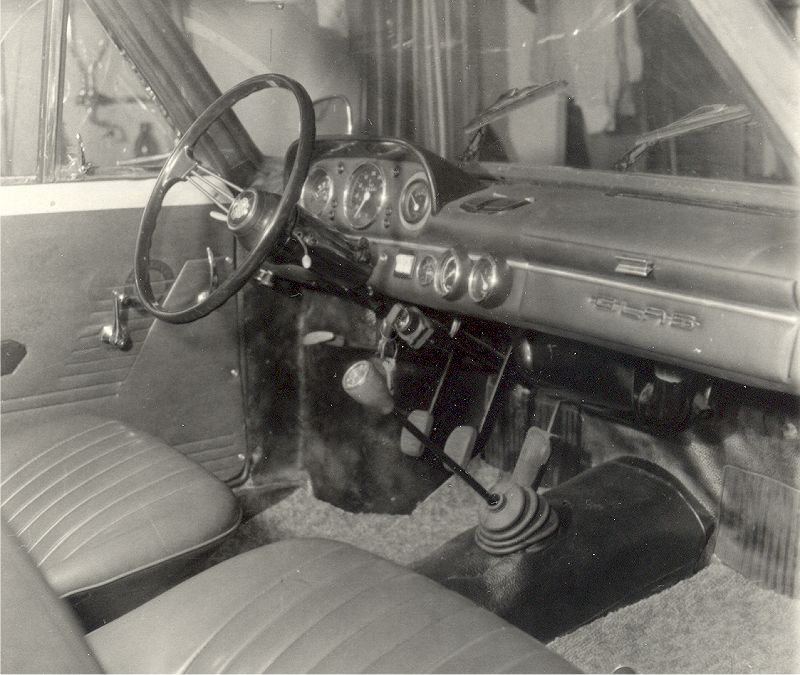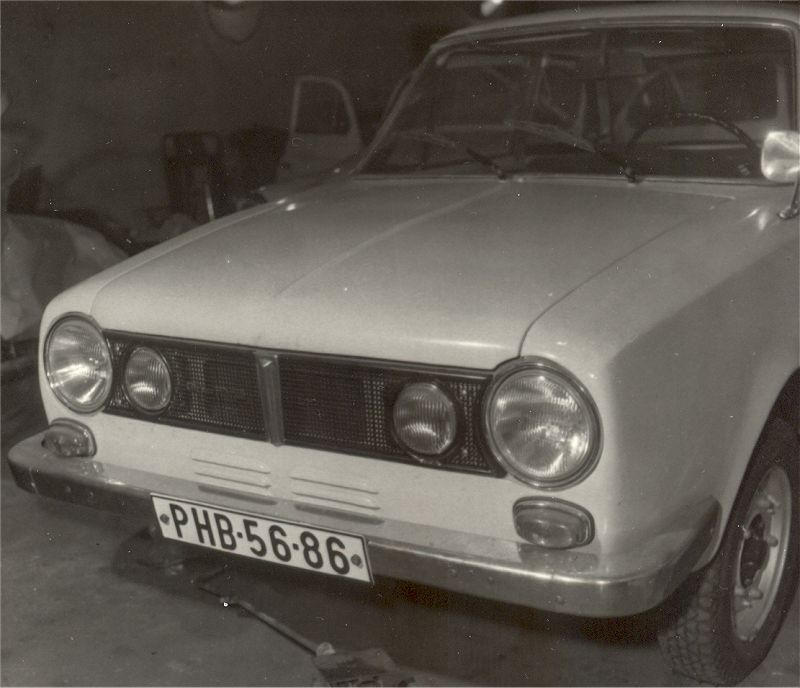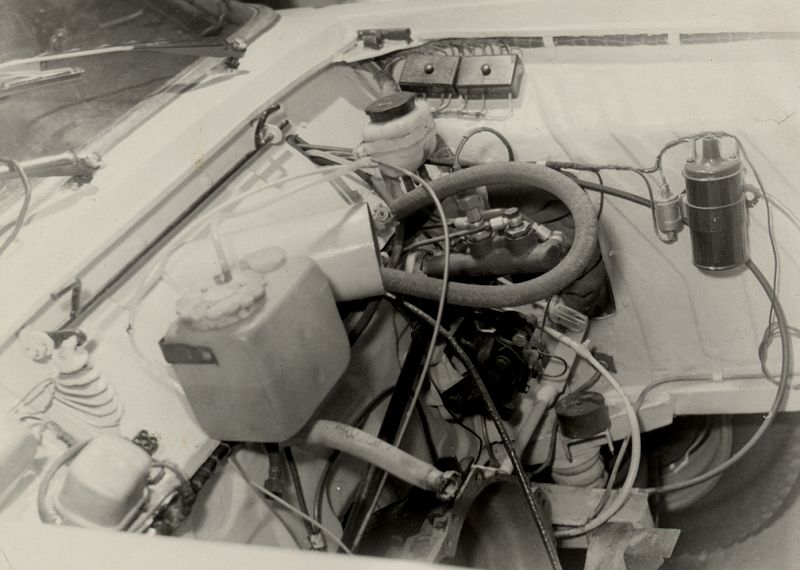Description
The Glas 1004 was one of the most important cars ever produced by Hans Glas GmbH, and it marked a turning point not just for the company but for automotive engineering as a whole. Introduced in 1962, it was the first production car in the world to feature an overhead camshaft (OHC) engine driven by a toothed rubber timing belt—an innovation that would later become standard practice across the industry. With this small car, Glas demonstrated both technical ingenuity and a willingness to challenge convention in a market dominated by giants such as Volkswagen.
Stylistically, the Glas 1004 was modest but modern for its time. Available as a two-door saloon and later as a coupé, it carried a simple, boxy silhouette with clean, upright lines and a straightforward grille flanked by round headlights. The design emphasized practicality, with a tall roofline that maximized interior space and a compact footprint well-suited to European city streets. Chrome trim was used sparingly, but enough to lend the car a neat, contemporary appearance that distinguished it from purely utilitarian vehicles.
Inside, the 1004 was functional but comfortable for a small car of the early 1960s. The cabin could seat four passengers, though rear legroom was limited. The dashboard layout was plain, with essential gauges such as a speedometer and fuel gauge, though Glas improved materials and finish over time. The 1004 was also offered in more upscale trims, such as the CL, which added better upholstery, more instrumentation, and small luxury touches.
The real innovation lay beneath the bonnet. The 1004 was powered by a 992 cc four-cylinder engine producing about 46 horsepower, which was modest in raw numbers but advanced in its design. Its overhead camshaft, driven by a rubber timing belt, allowed for more efficient valve operation, smoother running, and better performance compared to the pushrod engines common at the time. This technology gave the 1004 a reputation for refinement, and it placed Glas ahead of many larger, more established manufacturers. The engine was paired with a four-speed manual gearbox, and in lightweight form, the car could reach a top speed of about 135 km/h (84 mph), more than adequate for its class.
On the road, the Glas 1004 was lively and economical. Its small size made it agile and easy to handle, while its advanced engine offered a degree of smoothness unusual in compact cars of the early 1960s. Fuel efficiency was excellent, and combined with low running costs, it appealed to a wide range of buyers looking for something practical yet technically sophisticated.
Production of the 1004 ran from 1962 until 1967, when BMW acquired Glas. By then, the 1004 had already laid the foundation for larger and more powerful Glas models such as the 1204, 1304, and eventually the 1700, all of which used the same innovative OHC engine concept. Although the 1004 never sold in the vast numbers of rivals like the Volkswagen Beetle, it was a significant step forward for Glas, elevating the company from a microcar producer to a serious competitor in the small-car segment.
Today, the Glas 1004 is celebrated by enthusiasts as a pioneering piece of automotive history. Its simple styling and modest performance may not attract the same attention as some of its contemporaries, but its engineering significance makes it an important milestone. Surviving examples are relatively rare, but they are highly valued among collectors who appreciate its role as the first car to introduce the now-universal toothed belt-driven OHC engine. In this respect, the Glas 1004 is not just a small German saloon—it is a quiet revolution on wheels.




